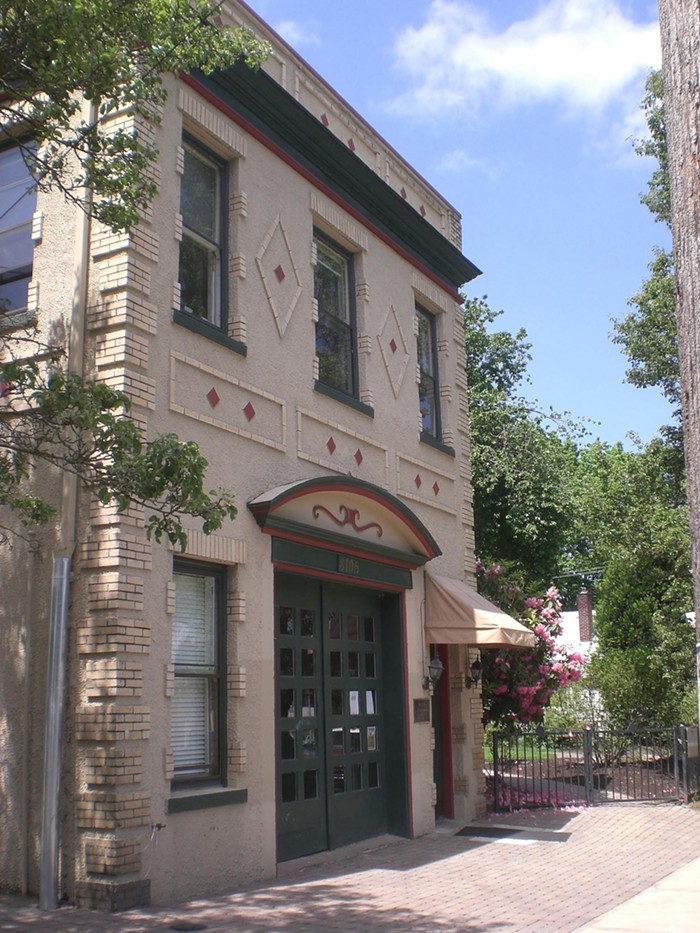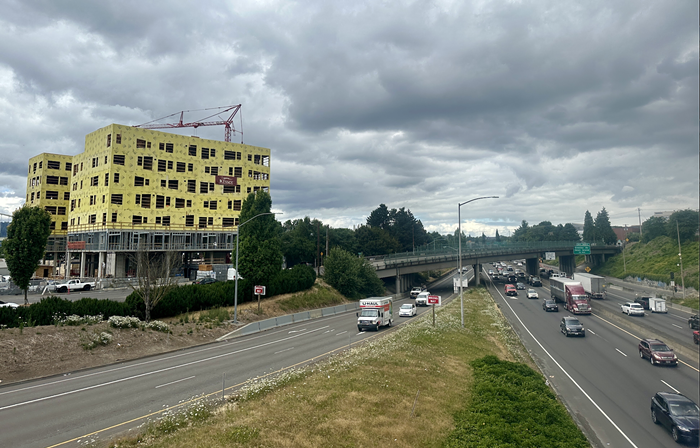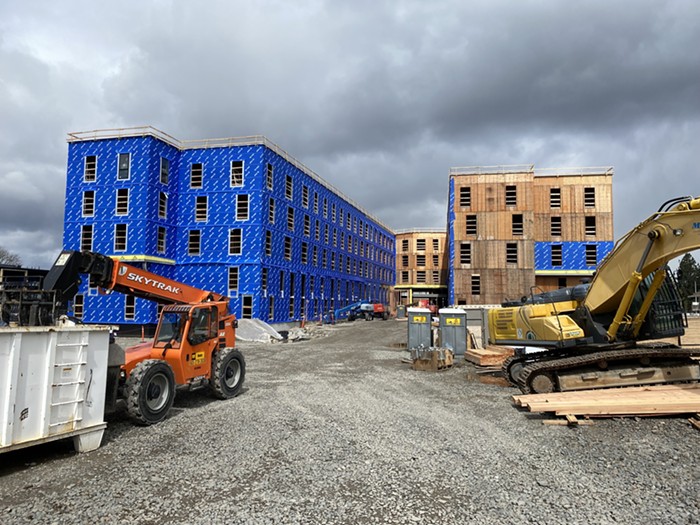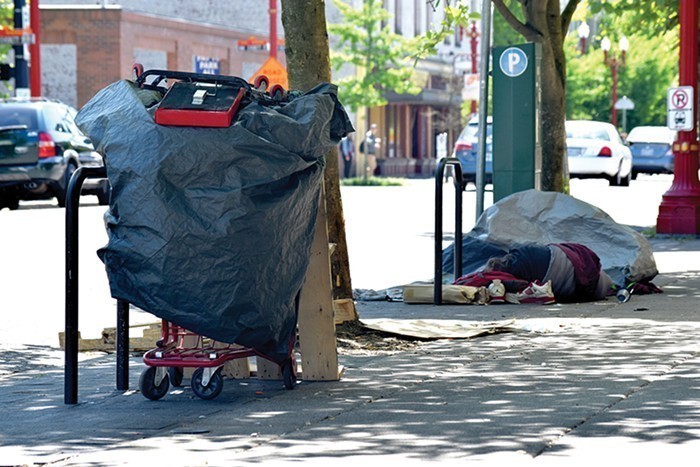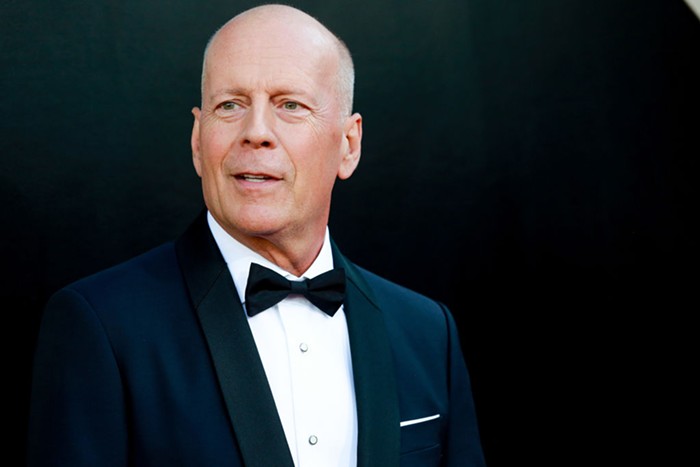Portland’s community arts fund—partially financed by the faithfully bemoaned Arts Tax—is about to get a little more equitable.
For more than a decade, the Regional Arts & Culture Council, or RACC, has doled out millions of dollars in annual grants to community arts organizations and artists. From creative installations to award-winning ballets, RACC funding seems to have graced every corner of Portland’s arts community.
The program is primarily funded by public dollars. In 2018, 69 percent of RACC’s annual budget came from the City of Portland and 11 percent came from the city’s three counties and Metro Regional Government. The remainder came from corporate donors coupled with RACC’s own investments.
As a partially public organization, RACC must comply with a level of accountability not all grantmaking programs are held to, like undergoing in-depth audits into where taxpayer dollars are being spent. In May 2018, a city audit found RACC to be lacking in both oversight and direction. The report spurred needed conversations about the role RACC should play in the region.
The result? In February, the RACC board approved a new grant evaluation process—one that reflects a newfound focus on supporting artists and art organizations that represent and serve minority communities.
RACC currently calculates the amount of grant funding an organization receives based on that applicant’s budget size. It’s no surprise, then, that over the past decade, a whopping 57 percent of RACC’s total grant dollars have been distributed among the city’s five largest arts nonprofits: Portland Art Museum, the Oregon Symphony, Oregon Ballet Theatre, Portland Opera, and Portland Center Stage. The newly approved grant framework, however, flips that tradition on its head.
“It just didn’t make sense when looking at our city’s equity goals to continue down this path,” says Pollyanne Faith Birge, the arts and culture advisor for Arts Commissioner Chloe Eudaly, who oversees the city’s involvement in RACC.
Starting in 2020, RACC will still split grant dollars between applicants based on budget size, but will also factor in an organization’s commitment to underrepresented communities as reflected through its programming, outreach, staff, and general mission.
RACC now anticipates that more than 80 percent of the annual grant awardees will see an increase in funds in 2020. The city’s largest organizations, meanwhile, will see sharp cuts to annual grant funds they’ve long relied on.
Portland Art Museum, for instance, estimates a 59 percent drop in financial support from RACC in 2020: From $427,000 to $175,000. PAM’s annual operating budget is around $14 million.
(Birge notes that for most of the top five art nonprofits, RACC dollars make up around 1 percent of their overall budget.)
This reshuffle will force the city’s top arts organizations to seek new avenues for funding while easing that pressure from smaller, lesser known programs struggling for success. It’s a shift leaders are ready to make.
“Intentional and strategic conversations are taking place locally and nationally about the way we invest in our communities,” RACC Director Madison Cario said in a statement released after the board decision. “This is something to celebrate.”


